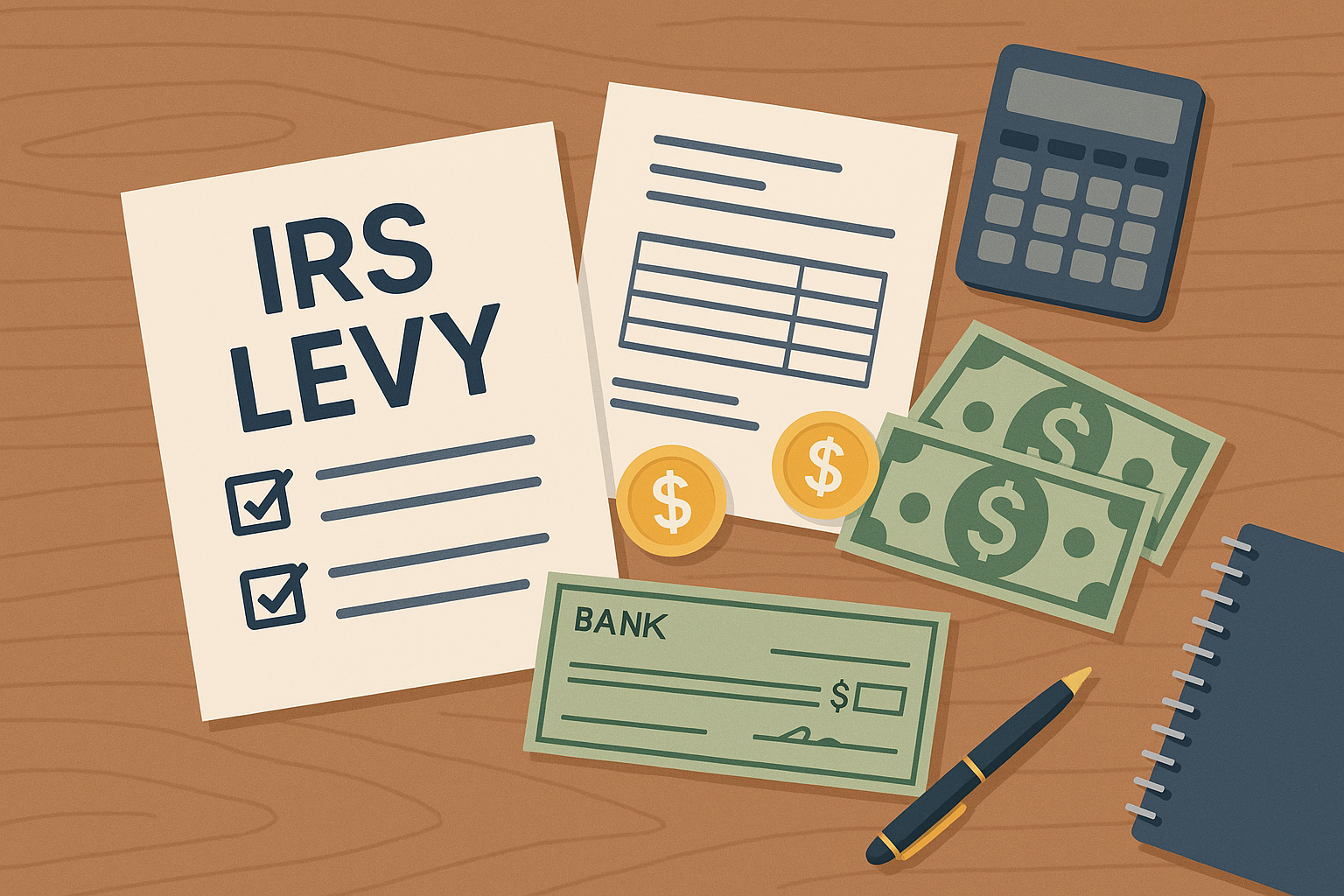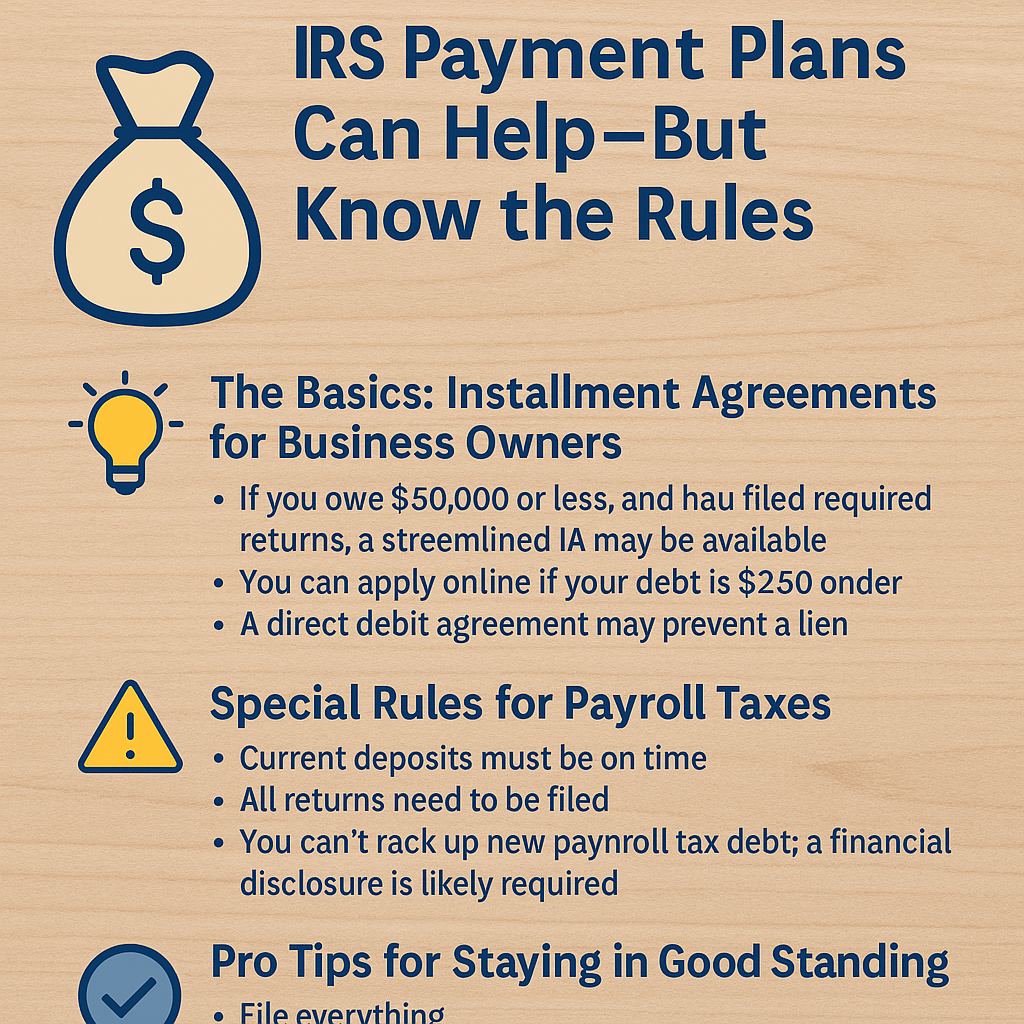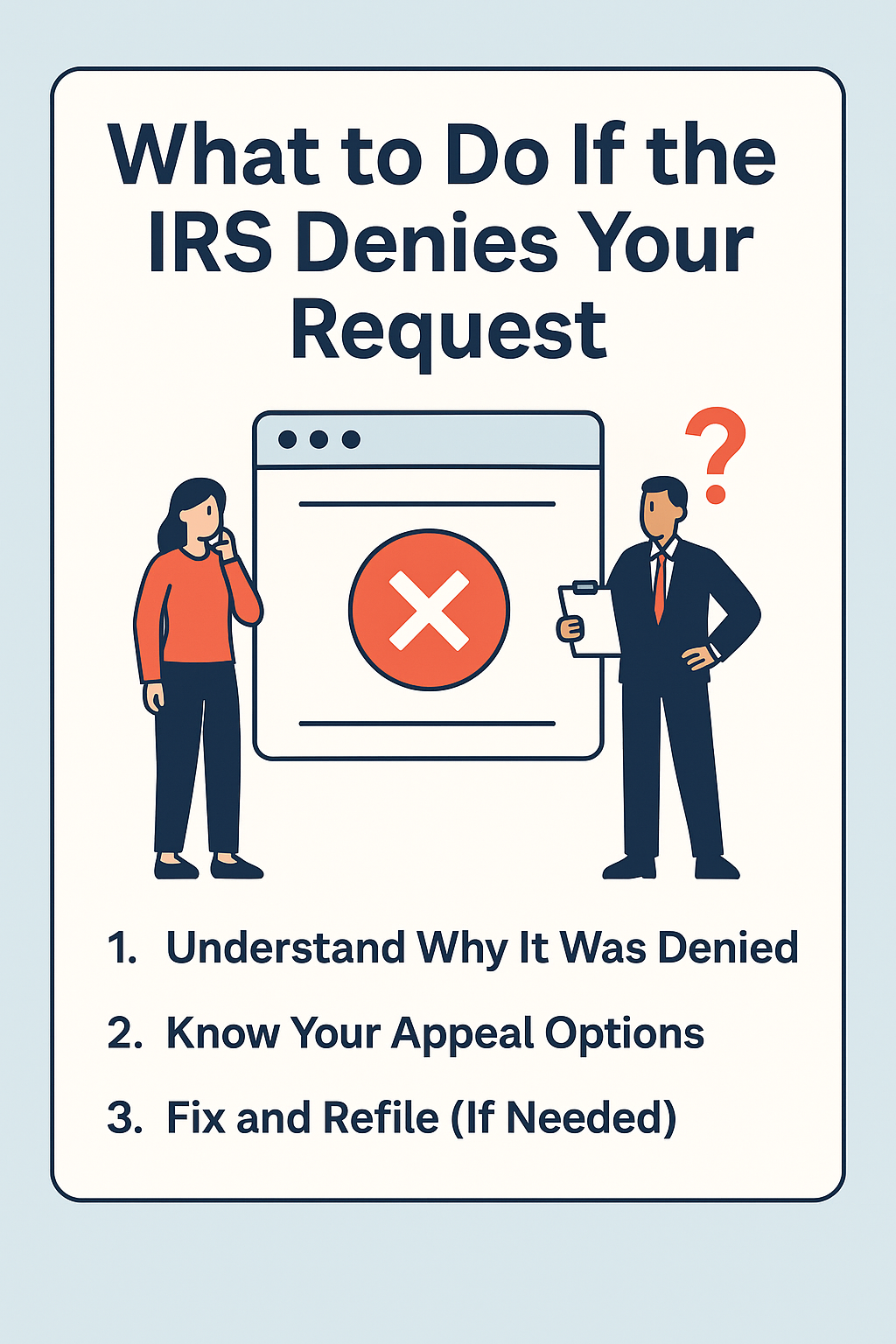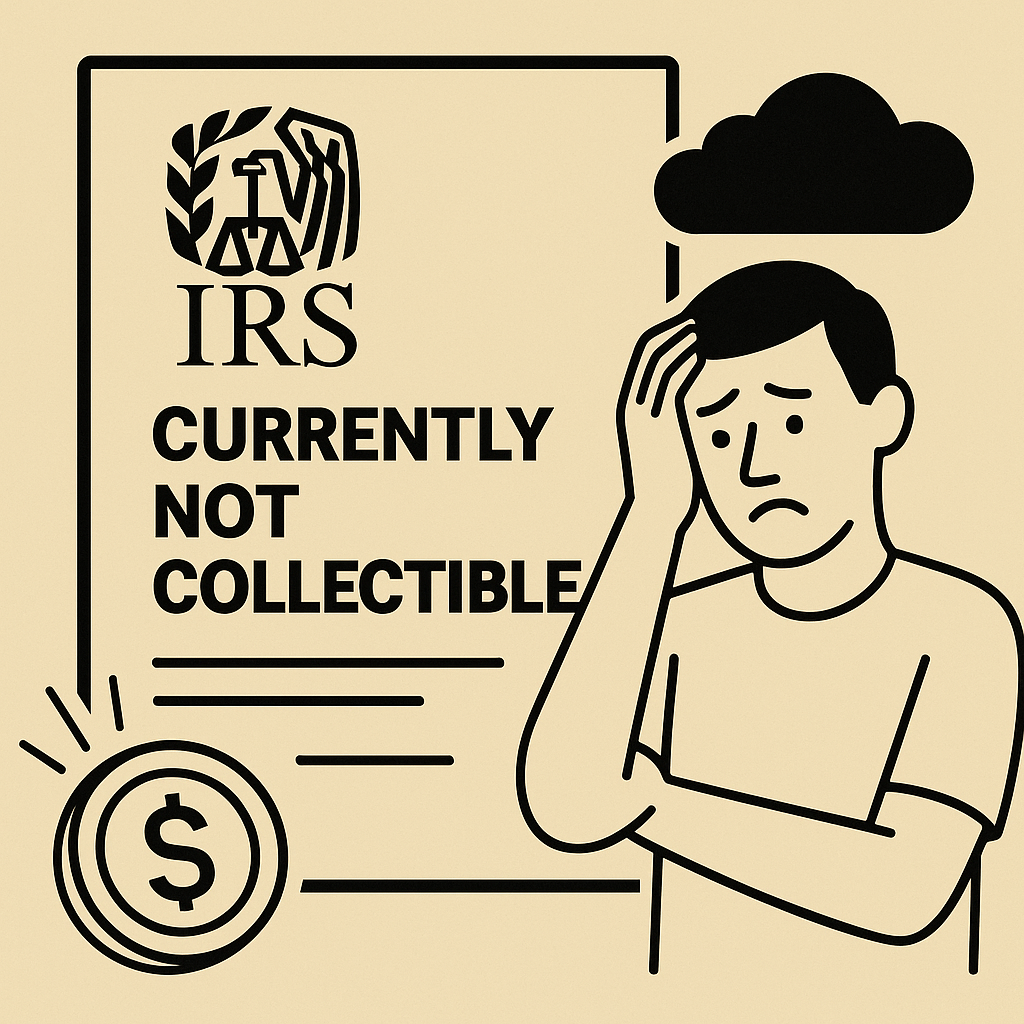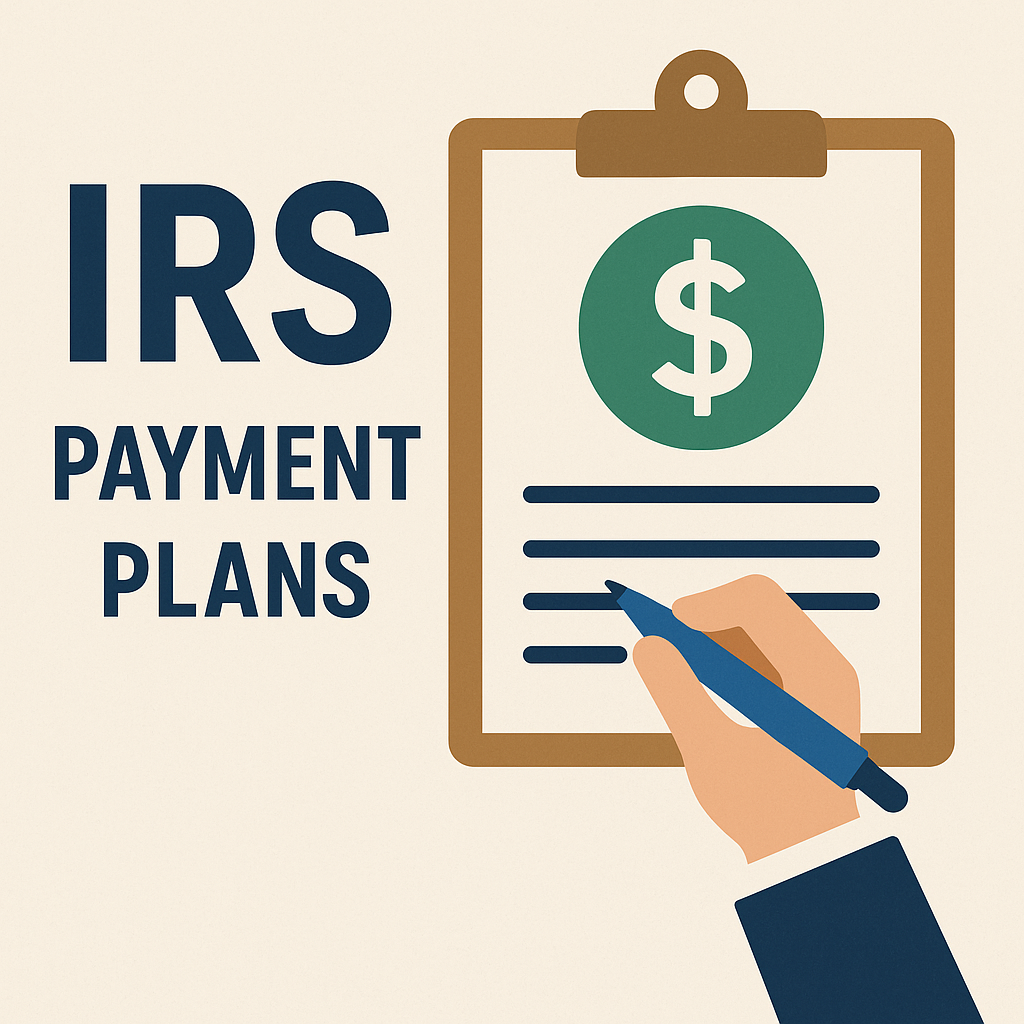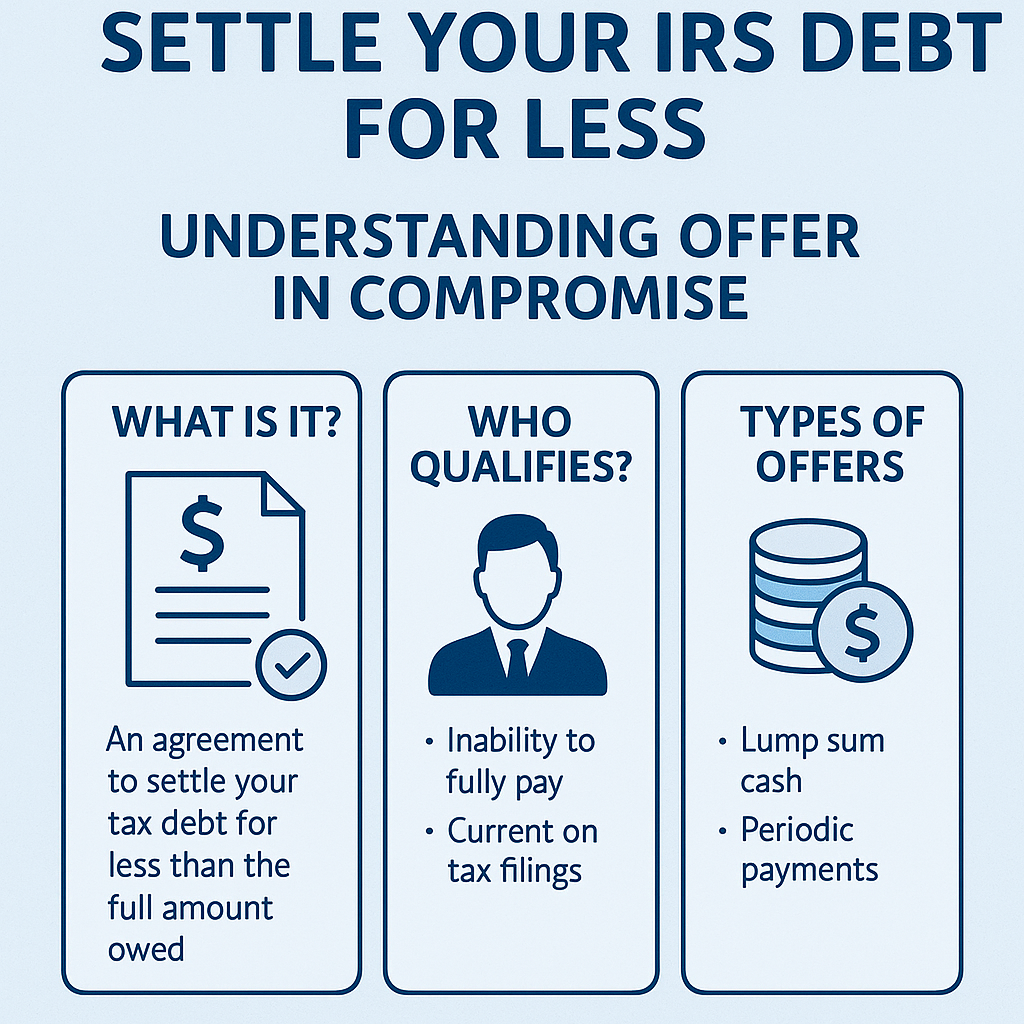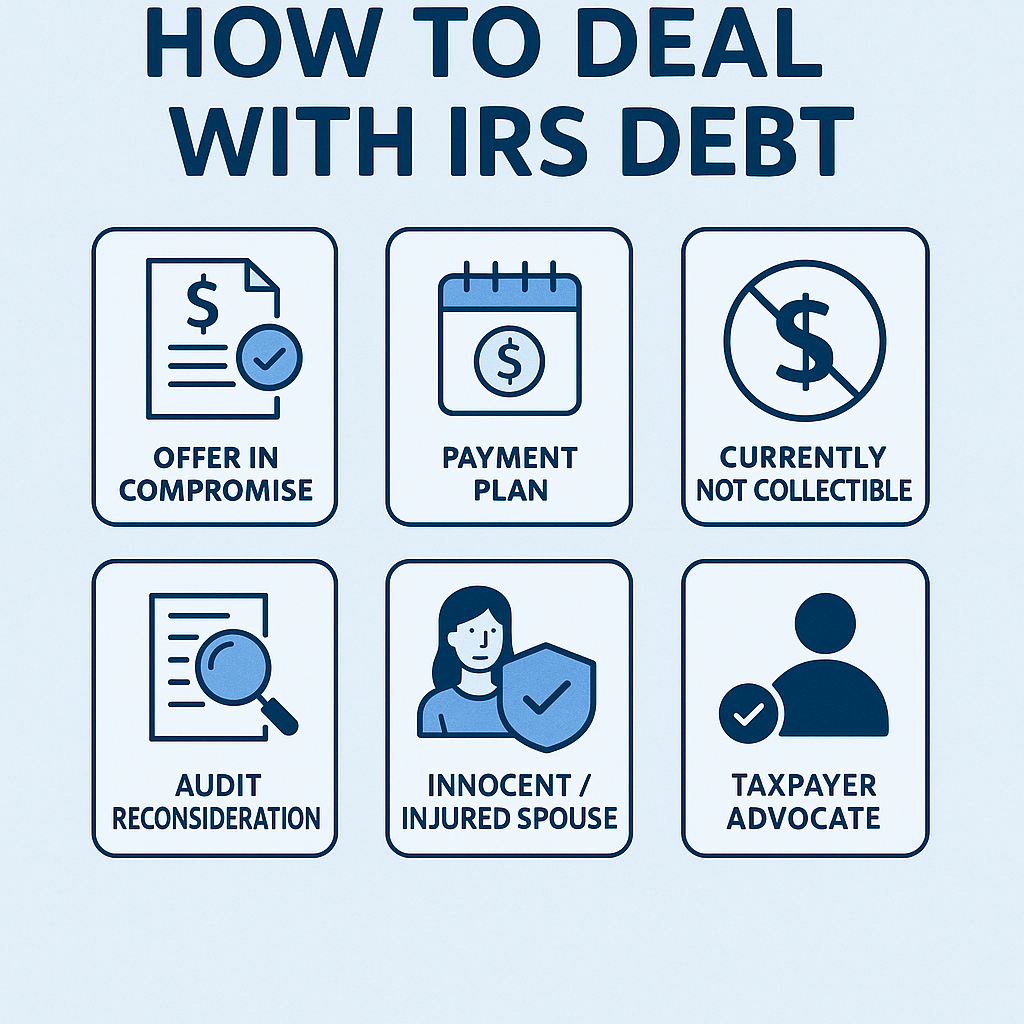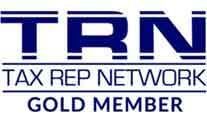How the IRS Determines What You Can Pay

When you're in tax debt and trying to make arrangements with the IRS — whether through an Offer in Compromise, Installment Agreement, or asking for Currently Not Collectible (CNC) status — one of the first things they look at is your ability to pay. But how exactly does the IRS figure that out?
Let’s walk through how the IRS calculates what you can pay, based on real procedures outlined in Part 5 of the Internal Revenue Manual (IRM).
It Starts With Financial Disclosure
To determine your collectibility, the IRS often requires you to submit detailed financial information using Form 433-A (individuals) or Form 433-B (businesses). These forms ask for everything: income, expenses, assets, liabilities — and the IRS uses this info to calculate your Reasonable Collection Potential (RCP).
What is Reasonable Collection Potential (RCP)?
RCP is the big number the IRS cares about. It's the sum of:
- Your Equity in Assets (like bank accounts, vehicles, real estate, retirement funds), plus
- Your Future Income, after allowing for necessary living expenses.
This total is what the IRS believes it could realistically collect from you over time.
Step 1: Evaluating Assets
The IRS looks at what you own and asks: How much could we collect if this person had to sell or borrow against these items?
That includes:
- Bank account balances
- Home equity (after subtracting a quick-sale discount and liens)
- Vehicle equity
- Retirement accounts (yep, they consider these too — even if they don’t levy them right away)
Not everything is counted dollar-for-dollar. For example, the IRS applies a 20% quick-sale discount to many assets, and in some cases it excludes personal-use property or allows exemptions.
Step 2: Figuring Out Monthly Income and Expenses
Next, the IRS looks at your monthly cash flow: income minus necessary living expenses. But here’s the kicker — your definition of “necessary” might not match the IRS’s.
The IRS uses what's called Collection Financial Standards — national and local guidelines for acceptable expenses in areas like:
- Food, clothing, and misc. expenses
- Housing and utilities (based on where you live)
- Transportation (ownership and operating costs)
If your expenses are higher than the standard, you might need to prove why — like a medical condition or special circumstance — to get the IRS to allow the overage.
Net Disposable Income = What You Can Pay Monthly
Once income and allowable expenses are tallied up, the IRS calculates your net disposable income — that’s the monthly amount they believe you can afford to pay.
If you're applying for an Installment Agreement, this number becomes your proposed monthly payment. If you’re submitting an Offer in Compromise, they multiply this by a set number of months (typically 12 or 24) to figure out your offer amount.
What If You Can’t Pay Anything?
If the numbers show that your income barely covers your necessary expenses — or you're in the red each month — the IRS may place your account in Currently Not Collectible (CNC) status. That doesn’t erase the debt, but it stops active collection like levies or garnishments.
Final Thoughts
The IRS doesn’t just pull a number out of thin air — they have a strict process, grounded in the Internal Revenue Manual, for determining what they can reasonably collect from you. The key is accurate financial disclosure and a good understanding of what expenses the IRS will and won’t allow. And here’s the smart move — with some prior planning, you may be able to legally structure your finances in a way that results in a lower Reasonable Collection Potential, helping you qualify for better terms on an Offer in Compromise or payment plan.
Need help putting together your financials or figuring out your collection potential? That’s where guidance makes a big difference.



